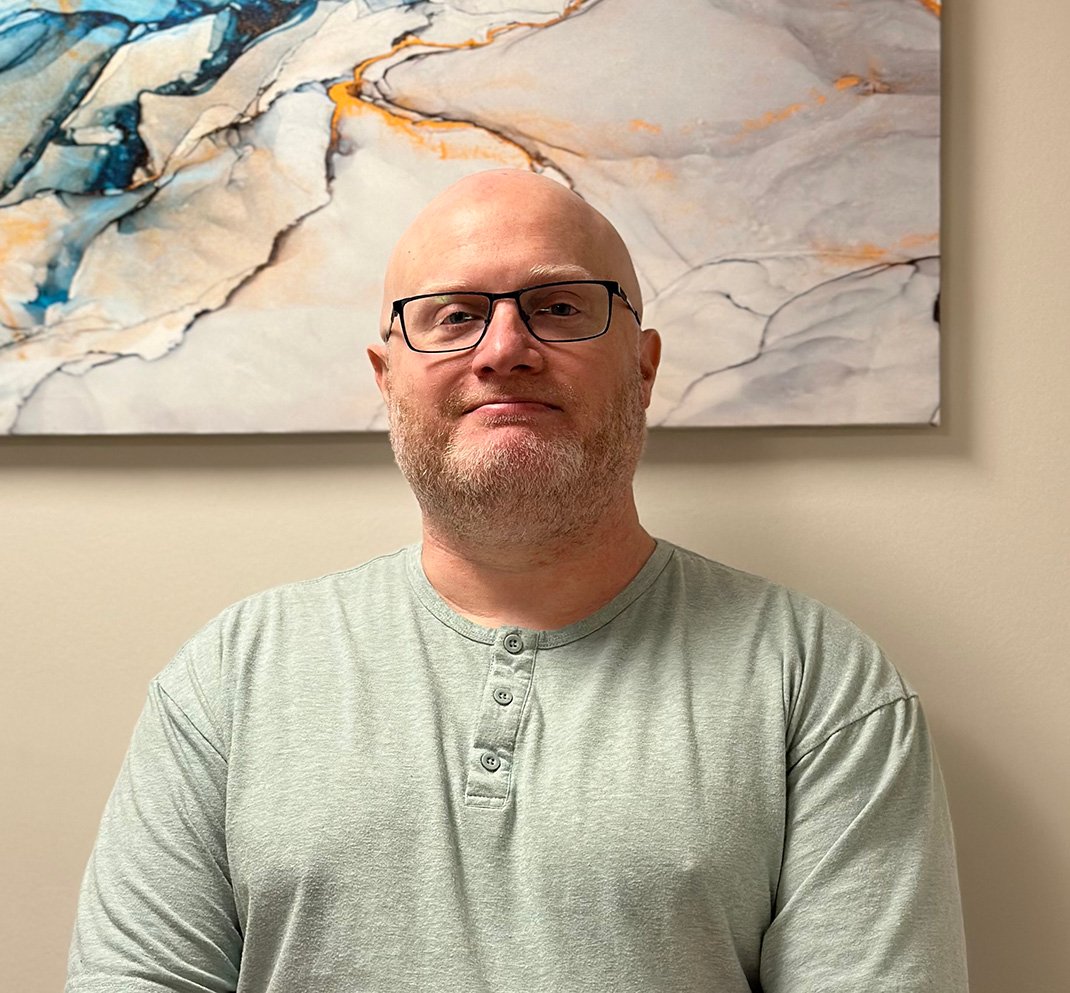By Deborah Jeanne Sergeant
Becker’s Hospital Review recently recognized Oswego Health’s mental health and wellness program as one of the top 60 in the nation.
“I think it’s a great compliment to our team,” said Dan McManus, therapy supervisor in outpatient mental health and wellness with Oswego Health. “We’ve worked hard on making sure we’re serving the community as well as we can. It’s not always an easy field with the resources and insurances [that] don’t reimburse at a high rate for mental health services. The fact that we’re recognized at that scale says we’re doing something with limited resources.”
One of the issues to tackle for both Oswego Health and providers nationwide was the post-pandemic wait list for mental health services that was close to two years, caused by greater need, increased discussion of mental health and an ongoing lack of sufficient providers. Over the past year, Oswego Health has reduced wait time for mental healthcare to nearly zero, a feat McManus called “significant.”
Oswego Health has more than 40 staff members among its clinic-based teams for adults and youth and a school-based team. The latter is where McManus sees the most growth opportunity, as getting children connected to services can be challenging.
“Having services there at the school, we can rely on the public education system to do the transportation part,” McManus said. “That’s been very successful and we’re currently expanding that as well.”
He said that Oswego Health tried offering group services several times during the pandemic, but the effort floundered because of COVID restrictions. Currently, Oswego Health’s mental health services include group therapy for grief, DBT therapy and in-patient services.
“We work hand in hand with that team to meet a higher level of acute clients who may be hospitalized for some time and we transition into out-patient services,” McManus said.
McManus wants to expand the groups for adults as well as grow the school-based program so that it can support children during the summer, when they may lack transportation to services.
In addition, “we’re always looking at ways to train our team on things we’re talking about, like the nature of clients showing up. In the past, a person would show up and the focus was on what ways we can help them. Now people are much more aware of mental health, but get misinformation from social media and are convinced they have disorders they don’t have. It’s a completely different skill set, how to adequately talk with a person to get what they need without making them feel judged.
“We are correctly letting them know that this thing they believe about themselves may not be accurate. The nature of mental health has changed since the pandemic. Overall, it’s very good but forcing us to develop new skills we didn’t have or weren’t prominent skills we had.”
He also hopes to continue to reach out to other organizations in the area to better integrate Oswego’s mental health offerings into the county such as through the Department of Social Services.
In addition to increased public awareness of mental health, the pandemic also affected Oswego Health’s staffing.
“Going through the pandemic, we had a core group that stayed with us,” McManus said. “There was a lot of turnover. It was a transition we all had to grow through. Before the pandemic, no one did telehealth. Then everyone did. Now we have some telehealth. We’re transitioning back into more in-person. There have been so many changes. If I’m working a job and it completely changes over a few years, I can’t say enough of how appreciative of the staff who managed to go through that that we’re recognized nationally.”




